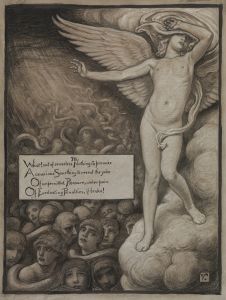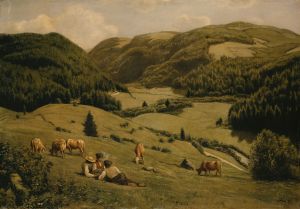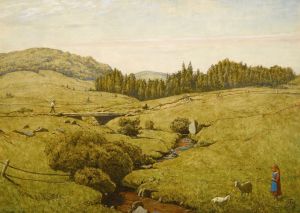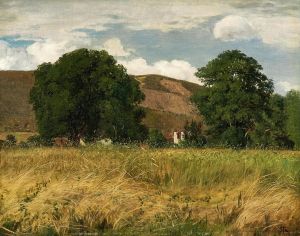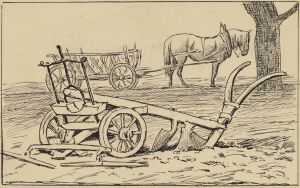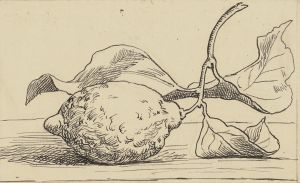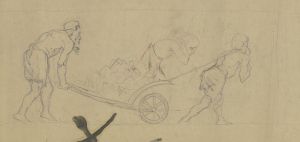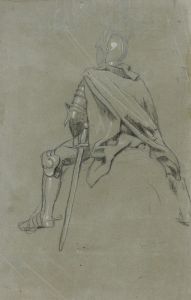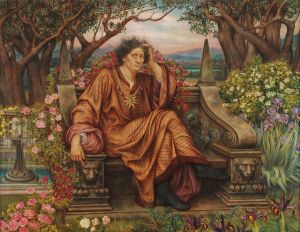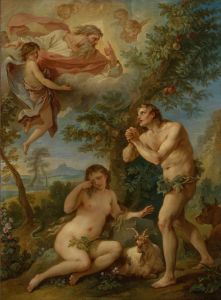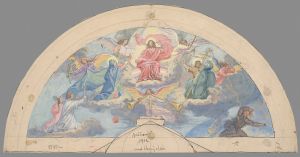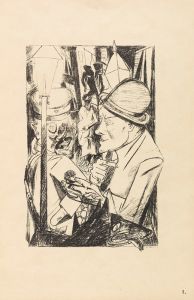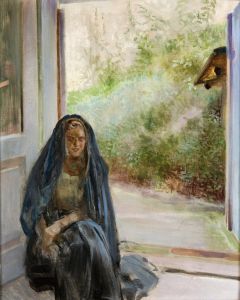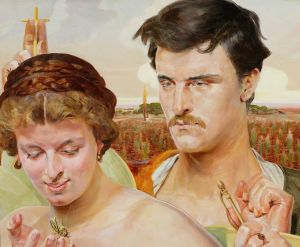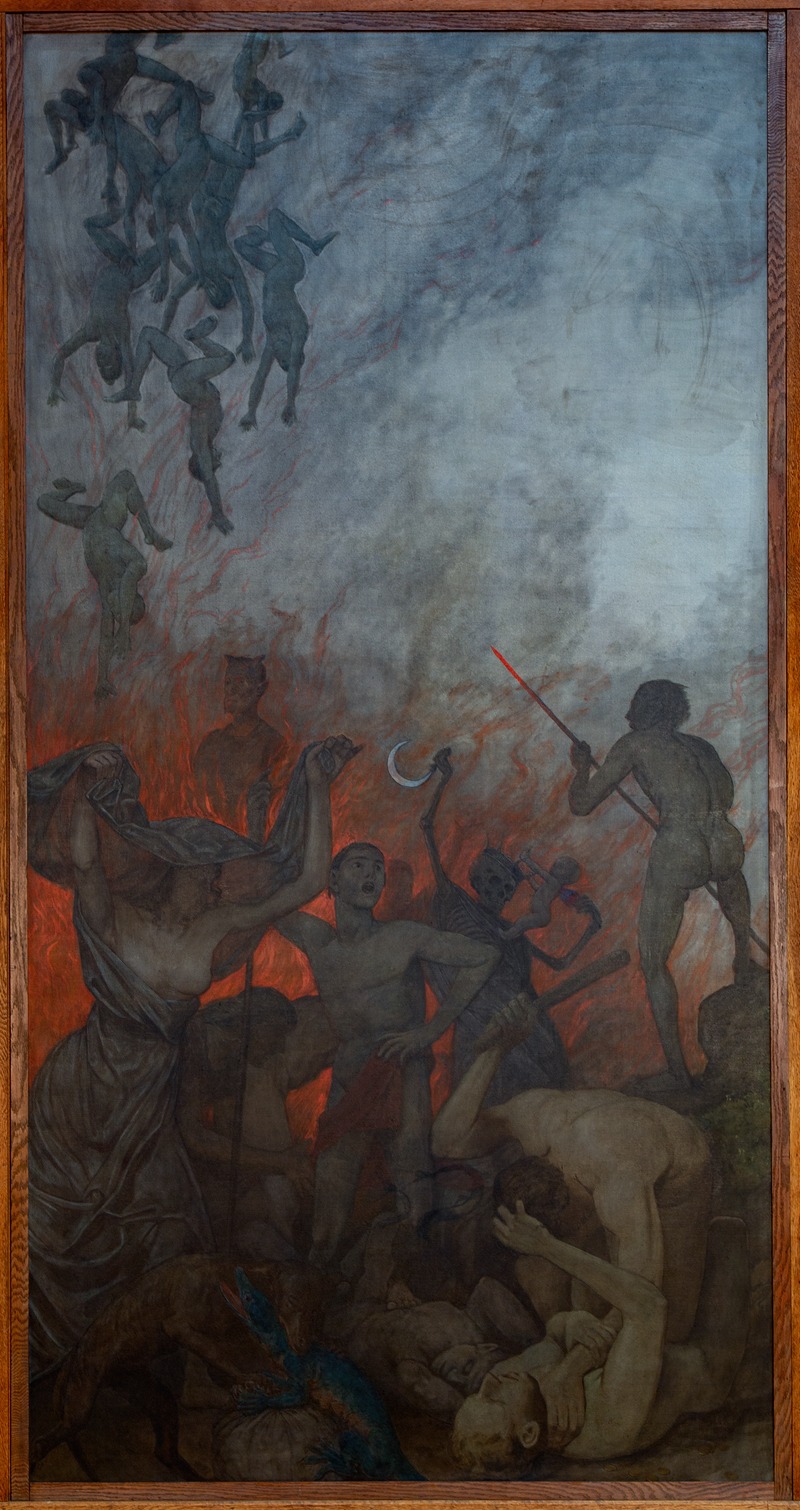
Ostertriptychon; Die Hölle
A hand-painted replica of Hans Thoma’s masterpiece Ostertriptychon; Die Hölle, meticulously crafted by professional artists to capture the true essence of the original. Each piece is created with museum-quality canvas and rare mineral pigments, carefully painted by experienced artists with delicate brushstrokes and rich, layered colors to perfectly recreate the texture of the original artwork. Unlike machine-printed reproductions, this hand-painted version brings the painting to life, infused with the artist’s emotions and skill in every stroke. Whether for personal collection or home decoration, it instantly elevates the artistic atmosphere of any space.
Hans Thoma (1839–1924) was a German painter known for his landscapes, portraits, and allegorical works. One of his notable pieces is "Ostertriptychon; Die Hölle" ("Easter Triptych; Hell"), which forms part of a triptych created by the artist. This work reflects Thoma's interest in religious and mythological themes, as well as his ability to convey dramatic and emotional intensity through his art.
The triptych format, traditionally associated with religious art, consists of three panels. In this case, "Die Hölle" ("Hell") is the central or one of the side panels, depicting a vivid and intense vision of hell. The painting showcases Thoma's skill in rendering human figures and his use of color to evoke a sense of chaos and suffering. The imagery likely draws from Christian iconography, illustrating the torment of souls in the afterlife, a theme commonly explored in Western art history.
Hans Thoma's work often reflects his deep connection to German Romanticism and Symbolism, blending naturalistic detail with imaginative and spiritual elements. While "Ostertriptychon; Die Hölle" is not as widely recognized as some of his other works, it exemplifies his ability to tackle complex and evocative subjects.
Further details about the specific composition, dimensions, and current location of "Ostertriptychon; Die Hölle" are not readily available in existing historical records. However, Thoma's broader body of work remains influential in the context of 19th and early 20th-century German art, and his contributions continue to be studied and appreciated by art historians and enthusiasts alike.





